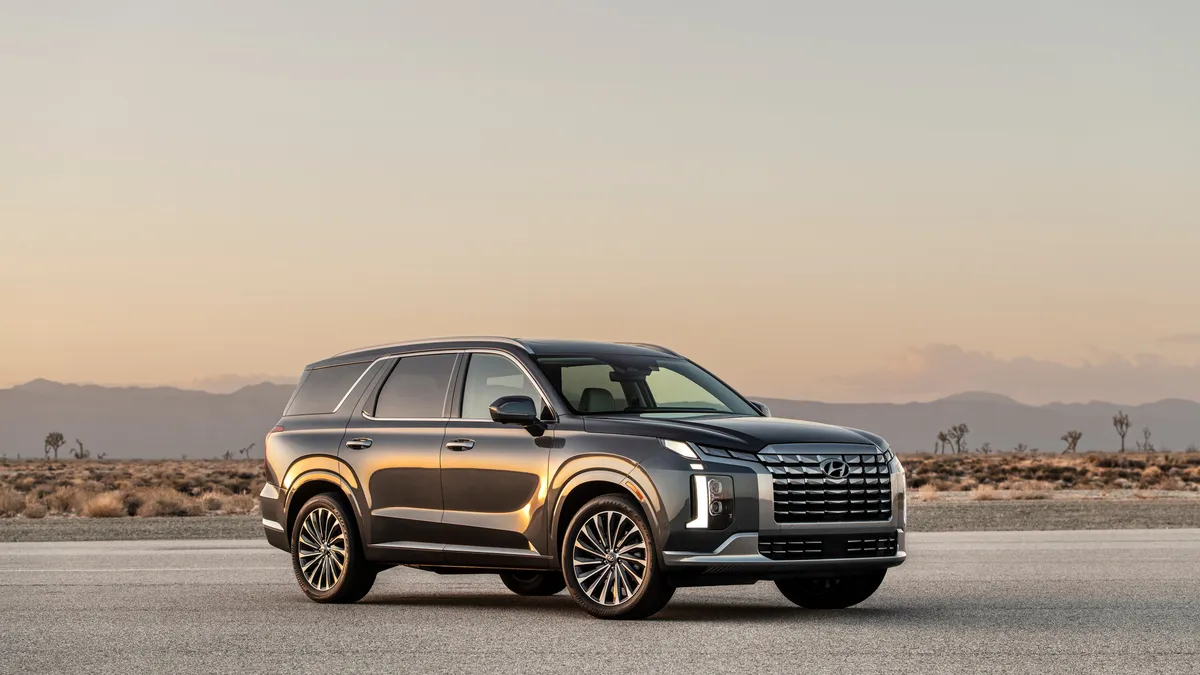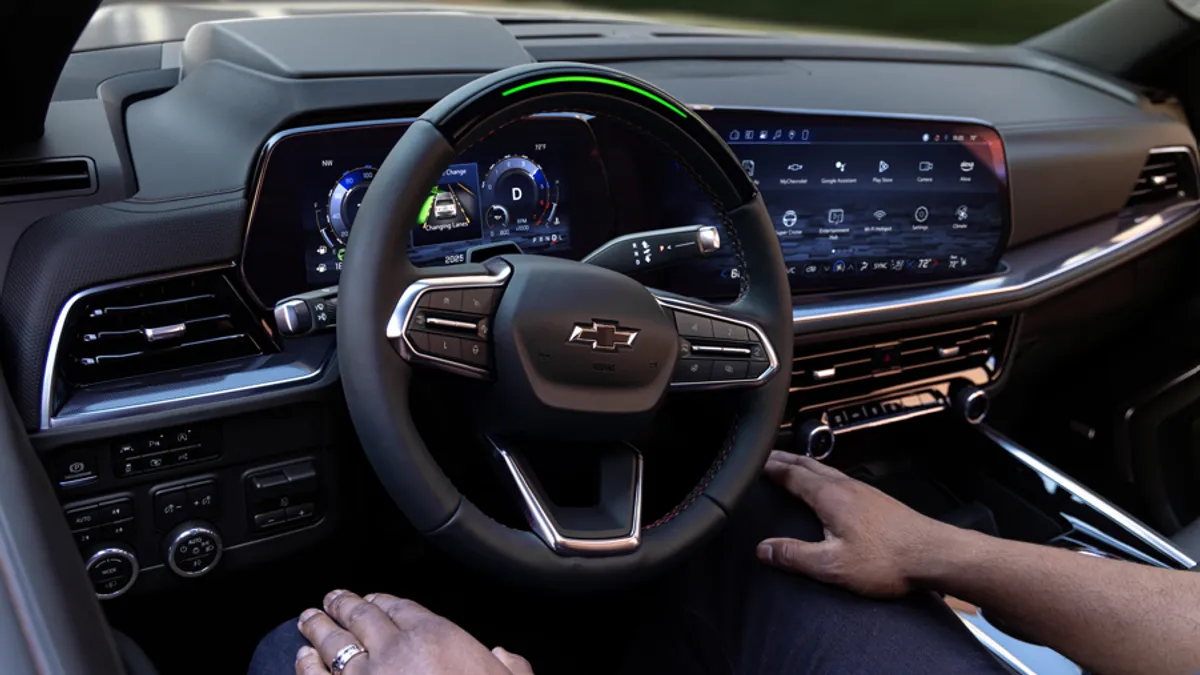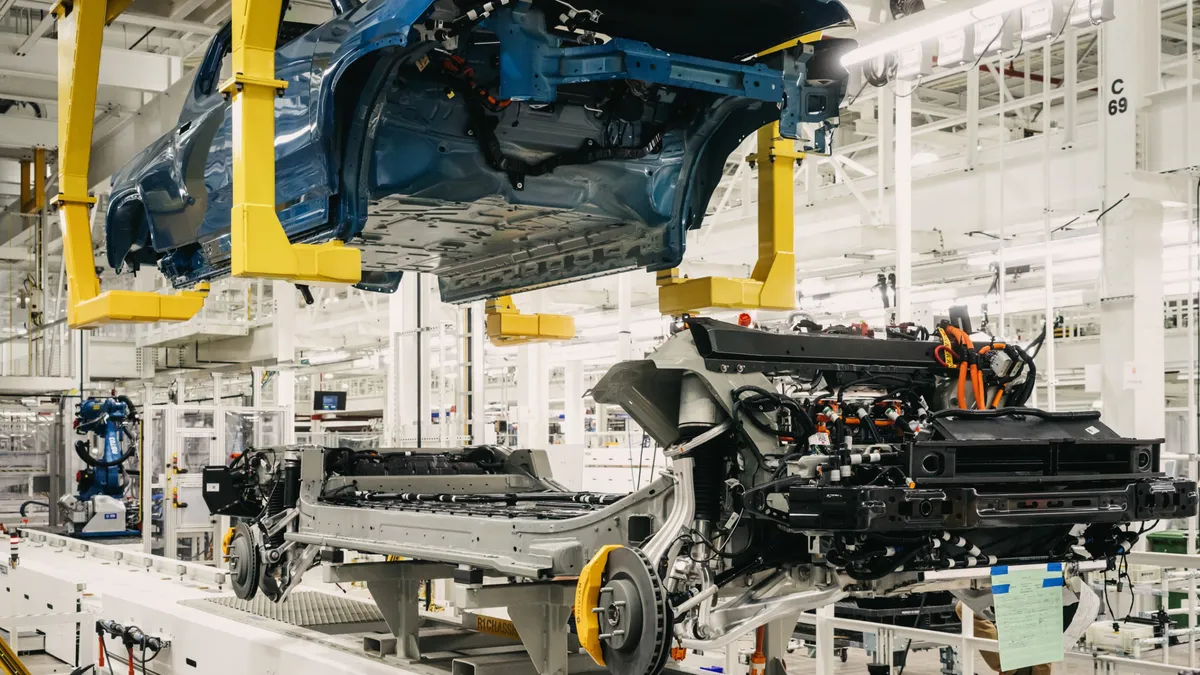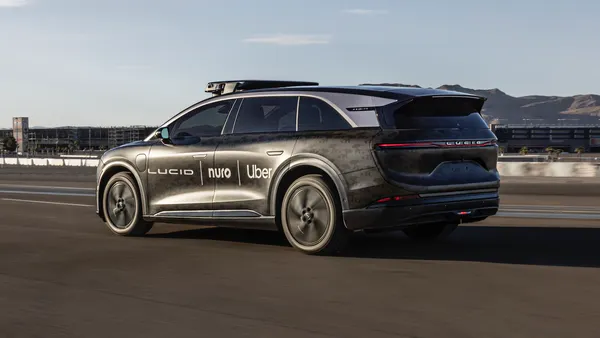Some automakers worry the National Highway Traffic Safety Administration’s plan to require nearly all light-duty vehicles to come equipped with automatic emergency braking and pedestrian automatic emergency braking may lead to false alarms and, potentially, traffic crashes, according to public comments on the proposed rule.
Hyundai, Mitsubishi and Porsche — the only automakers to submit public comments — said the mandate may cause false alarms if NHTSA implements the proposal as is because it would require a vehicle to make “no contact” under a wide range of testing conditions. Existing technologies could misidentify an impending crash in real-world situations, which often differ from testing environments.
For instance, Mitsubishi said that an AEB system might activate unnecessarily when a vehicle parks off-road behind a slight left curve. Likewise, PAEB systems may turn on needlessly when “a pedestrian is about to jaywalk but stops due to approaching cars,” Mitsubishi said.
Hyundai said false alarms could lead to dissatisfied customers or even “a loss of confidence in the technology resulting in deactivation or other unwanted behaviors.” The company recommended that NHTSA mandate a targeted deceleration rate for AEB systems, which could apply to tests with a “no contact” or “reduced-speed contact” standard.
Mitsubishi said most existing AEB systems allow low-speed contact in rear-end collisions and similarly reduce traffic deaths and serious injuries compared with no-contact systems. The proposed rule “would require [original equipment manufacturers] to fully redesign their AEB systems, including new hardware,” the company said.
Hyundai, Mitsubishi and Porsche recommended that NHTSA allow customers to temporarily deactivate AEB systems to prevent false alarms during unusual conditions, such as off-road driving, track racing, operating a vehicle with a snow plow or while towing.
Porsche suggested that NHTSA consider allowing automakers to automatically disable AEB in manually-enabled driving modes, including off-road, sand or snow modes.
The three automakers also recommended that deactivated AEB and PAEB systems turn back on automatically after a driver restarts the vehicle, as currently required for electronic stability control systems.
The three automakers said the proposed rule, which would require AEB and PAEB systems to operate at all speeds, could also lead to avoidable collisions by reducing a driver’s ability to steer, especially at high speeds. Porsche said existing systems have difficulty identifying potential collisions due to limited “sensor range, resolution and processing latency.”
“At high speeds, these technological limits lead to a vastly reduced level of confidence in the assessment of whether emergency braking is justified or not,” Porsche said.
In addition, AEB and PAEB systems currently lack information about whether a driver intends to steer clear of a crash and will attempt to avoid a collision through braking alone. Such systems initiate braking earlier than a human driver due to technological limitations.
“At high speeds, drivers usually find it more appropriate to steer their vehicle around obstacles. While planning this maneuver, system initiated emergency braking earlier than the driver would have otherwise chosen to steer would be perceived by the driver as a false activation,” Porsche said.
Porsche recommended that, at speeds above 62 mph, NHTSA require automakers to use dynamic brake support, which provides additional braking power if the driver doesn’t brake hard enough to avoid a crash, and alert drivers with an AEB warning rather than apply the brakes automatically.













